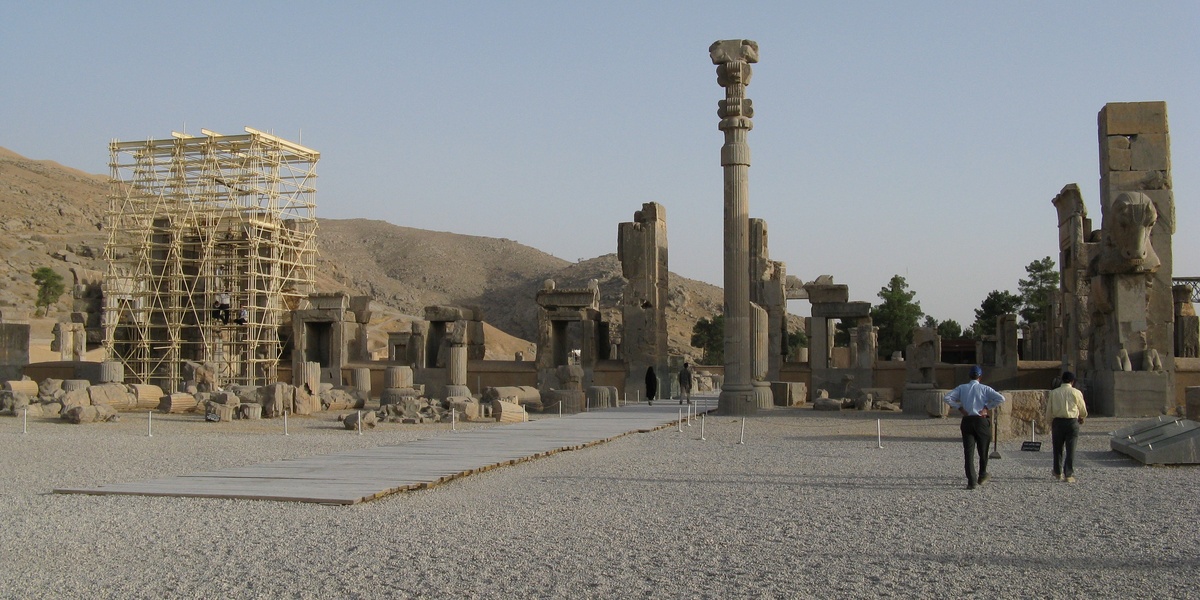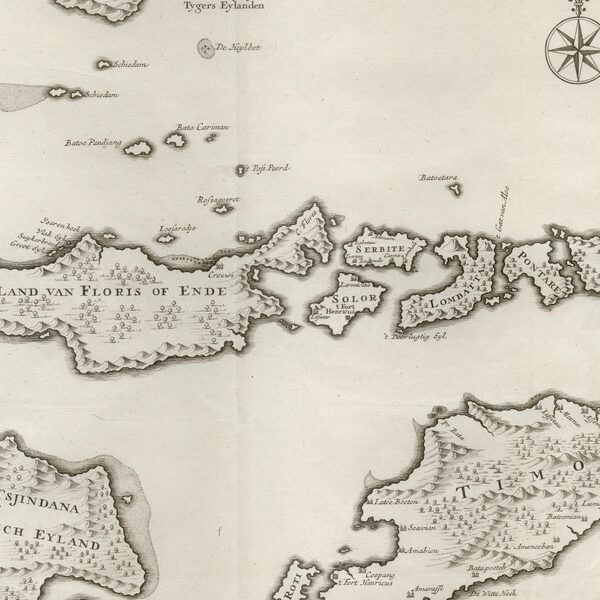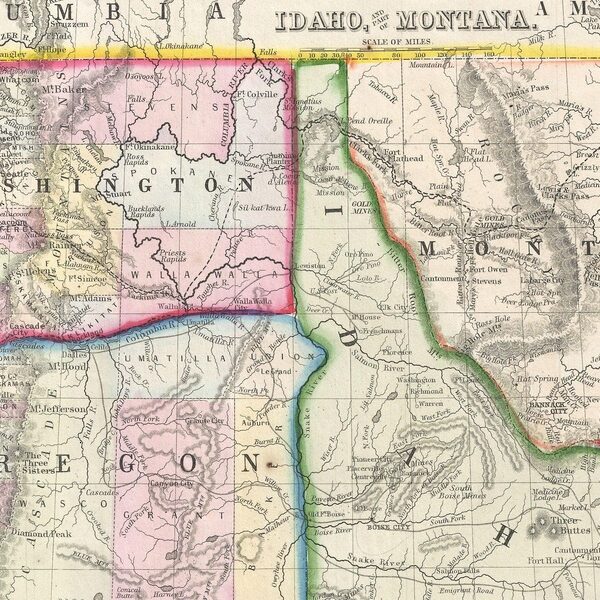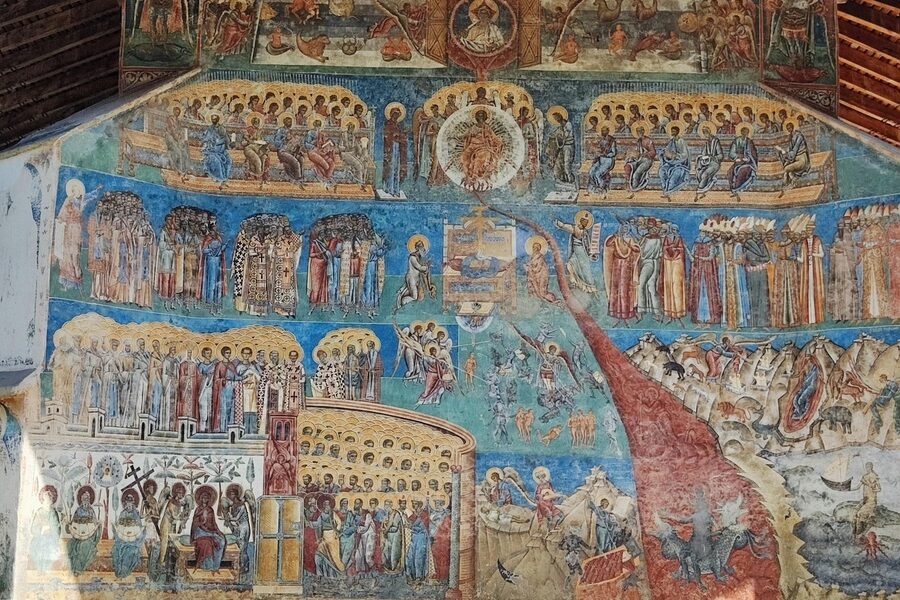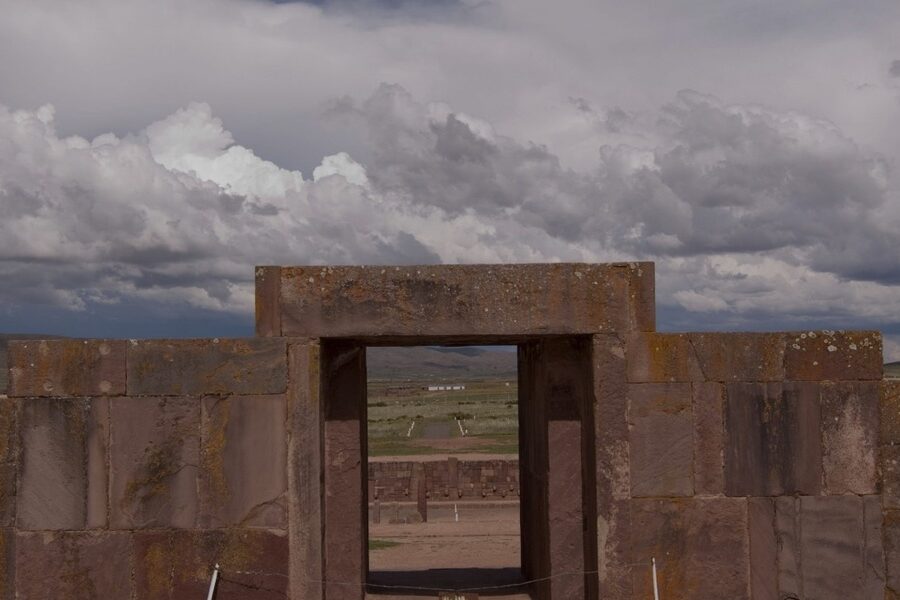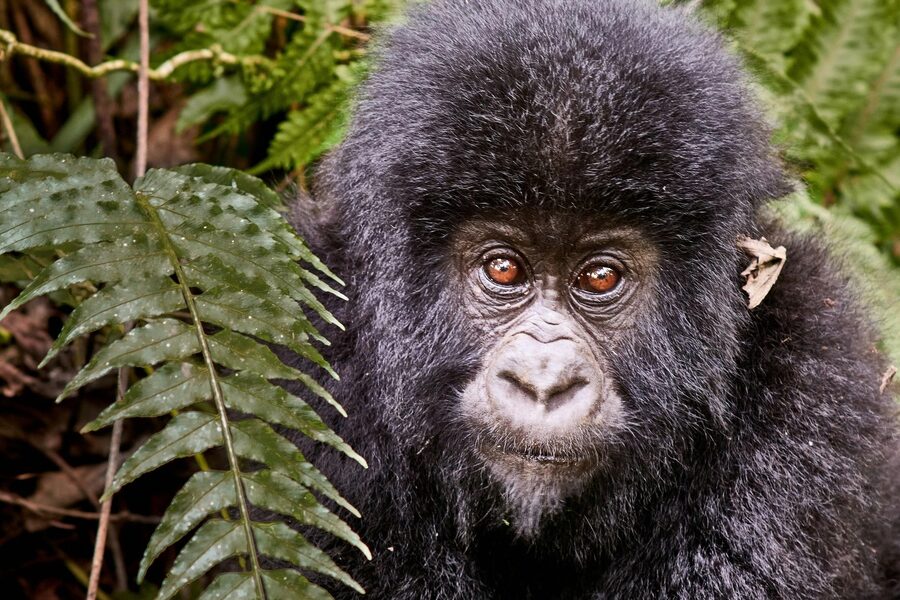Iran’s history and landscapes span deserts, mountains, ancient cities and caravan routes, making it a compact encyclopedia of human and natural heritage. From pre-Islamic ruins to Persian gardens and industrial-era railways, the country’s sites tell many different stories worth exploring.
There are 26 World Heritage Sites in Iran, ranging from Armenian Monastic Ensembles of Iran to Trans-Iranian Railway. Each entry is listed with Province (or nearest city),Type (Cultural/Natural/Mixed),Inscription year — you’ll find below.
How current is this list and where does the information come from?
The list is based on UNESCO’s official World Heritage inscriptions and national records; updates occur when UNESCO adds or modifies entries (typically at their annual sessions). For the most accurate status and details check UNESCO’s database and Iran’s Cultural Heritage, Handicrafts and Tourism Organization, especially before planning visits.
Which sites are easiest to visit and what should travelers plan for?
Major urban sites near Isfahan, Shiraz and Tehran are the most accessible with regular transport and visitor services, while remote or mountainous sites may require extra time, permits or guides. Plan around seasons (hot summers, cold winters), verify opening hours and local rules, and allow extra travel time between provinces for a realistic itinerary.
World Heritage Sites in Iran
| Name | Province (or nearest city) | Type (Cultural/Natural/Mixed) | Inscription year |
|---|---|---|---|
| Tchogha Zanbil | Khuzestan Province | Cultural | 1979 |
| Persepolis | Fars Province | Cultural | 1979 |
| Meidan Emam, Esfahan | Isfahan | Cultural | 1979 |
| Takht-e Soleyman | West Azerbaijan Province | Cultural | 2003 |
| Pasargadae | Fars Province | Cultural | 2004 |
| Bam and its Cultural Landscape | Kerman Province | Cultural | 2004 |
| Soltaniyeh | Zanjan Province | Cultural | 2005 |
| Bisotun | Kermanshah Province | Cultural | 2006 |
| Armenian Monastic Ensembles of Iran | West & East Azerbaijan Provinces | Cultural | 2008 |
| Shushtar Historical Hydraulic System | Khuzestan Province | Cultural | 2009 |
| Sheikh Safi al-din Khānegāh and Shrine Ensemble | Ardabil | Cultural | 2010 |
| The Persian Garden | Various Provinces | Cultural | 2011 |
| Gonbad-e Qābus | Golestan Province | Cultural | 2012 |
| Golestan Palace | Tehran | Cultural | 2013 |
| Shahr-i Sokhta | Sistan and Baluchestan Province | Cultural | 2014 |
| Cultural Landscape of Maymand | Kerman Province | Cultural | 2015 |
| Susa | Khuzestan Province | Cultural | 2015 |
| The Persian Qanat | Various Provinces | Cultural | 2016 |
| Lut Desert | Kerman & Sistan and Baluchestan Provinces | Natural | 2016 |
| Historic City of Yazd | Yazd | Cultural | 2017 |
| Sassanid Archaeological Landscape of Fars Region | Fars Province | Cultural | 2018 |
| Hyrcanian Forests | Golestan, Mazandaran & Gilan Provinces | Natural | 2019 |
| Trans-Iranian Railway | Various Provinces | Cultural | 2021 |
| Cultural Landscape of Hawraman/Uramanat | Kurdistan & Kermanshah Provinces | Cultural | 2021 |
| The Persian Caravanserai | Various Provinces | Cultural | 2023 |
| Hegmataneh | Hamedan | Cultural | 2024 |
Images and Descriptions
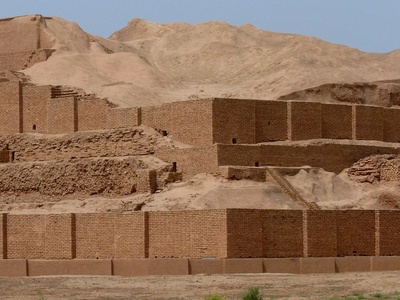
Tchogha Zanbil
Explore the ruins of a sacred Elamite city, centered around a massive ziggurat. This well-preserved mud-brick complex from 1,250 B.C. offers a unique glimpse into one of the world’s oldest religions, revealing the spiritual heart of an ancient empire.
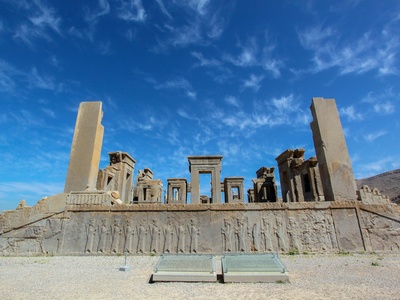
Persepolis
Walk through the majestic ruins of the Achaemenid Empire’s ceremonial capital. Marvel at the grand staircases, intricate reliefs, and towering columns that showcase the power and artistry of ancient Persia’s golden age, founded by Darius I around 518 B.C.

Meidan Emam, Esfahan
Experience one of the world’s largest city squares, a masterpiece of 17th-century Safavid design. Surrounded by stunning mosques, the Ali Qapu Palace, and the grand bazaar, this vibrant public space remains the breathtaking cultural and social heart of Isfahan.
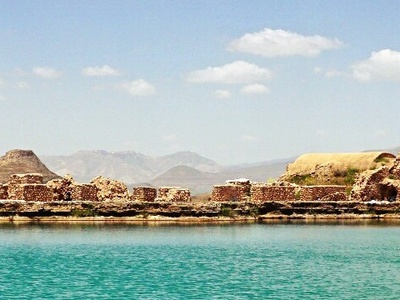
Takht-e Soleyman
Discover a mystical sanctuary blending Zoroastrian and Sasanian heritage. Set around a volcanic crater lake, this archaeological site includes the remains of a major fire temple, showcasing a powerful symbol of fire and water worship in ancient Persia.
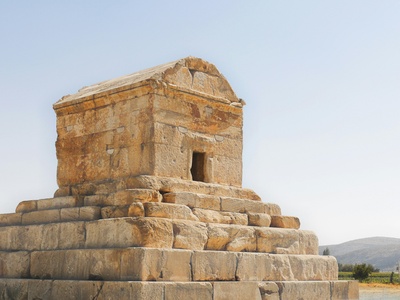
Pasargadae
Visit the first dynastic capital of the Achaemenid Empire, founded by Cyrus the Great in the 6th century B.C. This sprawling site features the monumental tomb of Cyrus, palaces, and gardens, reflecting the earliest phase of royal Persian art and architecture.
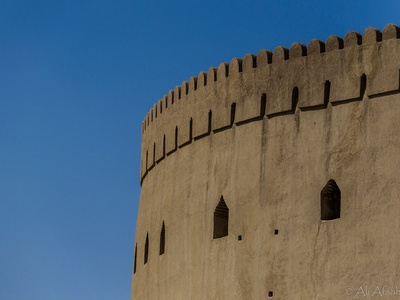
Bam and its Cultural Landscape
Witness the resilience of an ancient desert city built almost entirely from mud bricks. Centered on the Arg-e Bam citadel, this site showcases the ingenious use of qanats (underground water channels) that sustained life on the Silk Road for centuries.
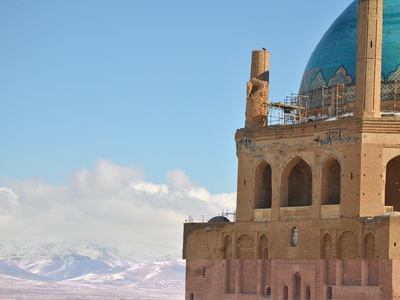
Soltaniyeh
Gaze upon the magnificent Mausoleum of Oljaytu, a key monument in Islamic architecture. Its stunning turquoise-blue dome, the world’s oldest double-shell dome, and intricate tilework inspired monuments from the Taj Mahal to Selimiye Mosque, marking an architectural turning point.
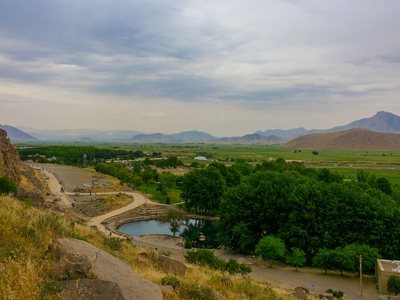
Bisotun
See the “Rosetta Stone” of cuneiform scripts carved into a high limestone cliff. This massive relief and multilingual inscription, commissioned by Darius the Great, tells the story of his victories and was crucial for deciphering ancient Mesopotamian languages.
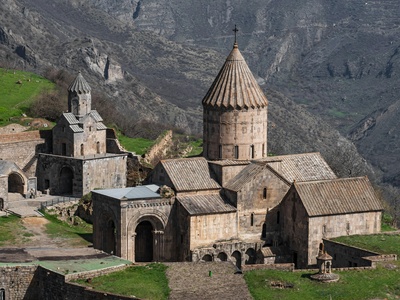
Armenian Monastic Ensembles of Iran
Discover a cluster of beautiful medieval Armenian monasteries in a remote mountain region. These churches, including St. Thaddeus and St. Stepanos, are vital centers of Armenian culture and faith, showcasing unique architectural and decorative traditions on the edge of their cultural world.
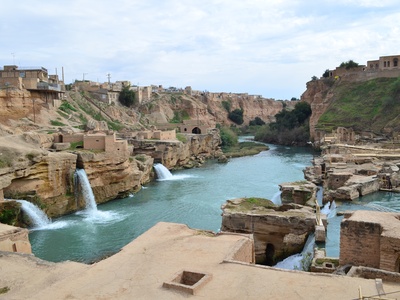
Shushtar Historical Hydraulic System
Marvel at a masterpiece of creative genius from as early as the 5th century B.C. This ingenious system of dams, bridges, canals, and watermills harnessed river power to sustain the city, representing a remarkable achievement in ancient engineering and urban planning.
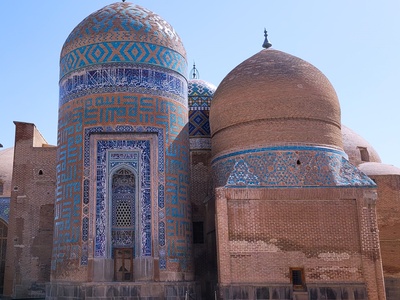
Sheikh Safi al-din Khānegāh and Shrine Ensemble
Explore this breathtaking spiritual retreat, a fusion of Sufi mysticism and Islamic architecture. Built between the 16th and 18th centuries, the richly decorated complex includes a mosque, library, and the tomb of the founder of the Safavid Dynasty.
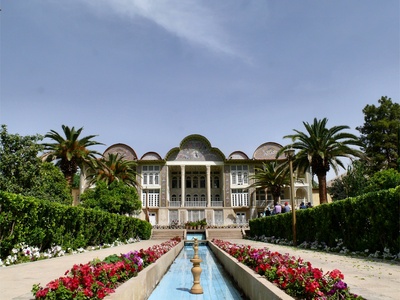
The Persian Garden
Wander through nine distinct gardens across Iran that exemplify the classic Persian garden design. This style, dating back to the 6th century B.C., combines natural elements with man-made structures to create a symbolic earthly paradise, influencing garden design worldwide.

Gonbad-e Qābus
Stand in awe before a 53-meter-high tomb tower from the 11th century, a testament to Central Asian nomadic and Islamic architectural exchange. Its pure, flanged brick design is an outstanding example of early Islamic innovation and structural artistry.
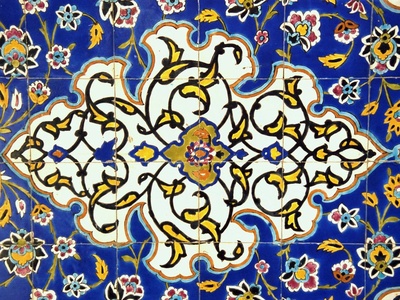
Golestan Palace
Step into the lavish world of the Qajar dynasty at this opulent palace complex in Tehran. A masterpiece of the era, it blends traditional Persian crafts with 18th-century Western influences, showcasing stunning halls, mirror work, and priceless artworks.
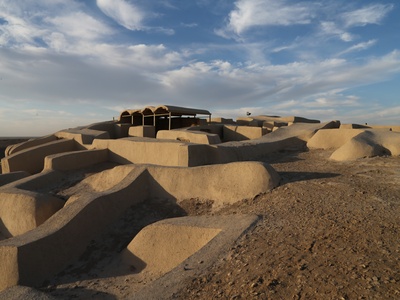
Shahr-i Sokhta
Uncover the secrets of the “Burnt City,” the fascinating mud-brick ruins of a large Bronze Age urban center. Dating back over 5,000 years, finds here reveal complex trade networks and surprisingly advanced science, including evidence of early brain surgery.
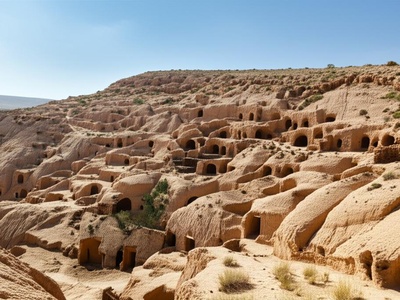
Cultural Landscape of Maymand
Journey to a unique semi-nomadic village where residents live in hand-dug cave dwellings. This ancient way of life, with seasonal migration between the caves and mountain pastures, represents a remarkable, millennia-old adaptation to a harsh desert environment.
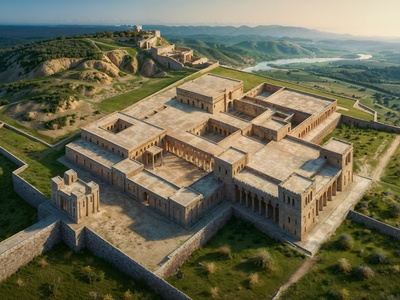
Susa
Explore one of the oldest cities in the world, with archaeological layers spanning from the late 5th millennium B.C. to the 13th century A.D. Susa was a major capital for Elamite, Persian, and Parthian empires, offering a deep dive into urban history.
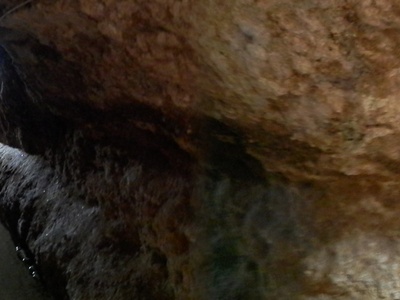
The Persian Qanat
Discover the ancient underground aqueduct systems that made life possible in Iran’s arid regions. This network of 11 representative qanats showcases a remarkable traditional technology for managing water, which has shaped civilizations and desert agriculture for millennia.
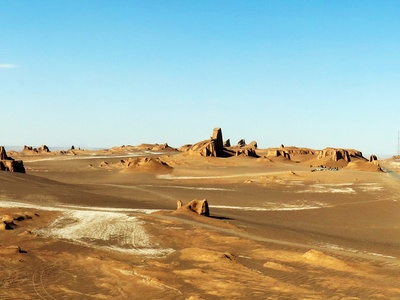
Lut Desert
Experience one of the hottest and driest places on Earth. This vast desert landscape is sculpted by powerful winds into spectacular yardangs (massive corrugated ridges), creating a dramatic and exceptional example of ongoing geological processes in a hyper-arid environment.
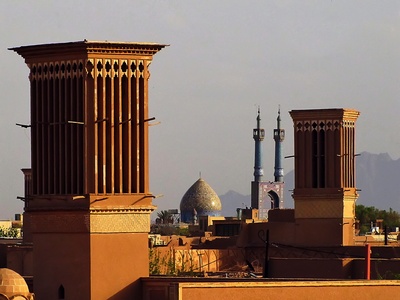
Historic City of Yazd
Get lost in the labyrinthine alleys of this beautiful desert city, a living testament to smart adaptation. Famous for its earthen architecture, windcatchers (badgirs), and qanats, Yazd showcases a rich Zoroastrian heritage and a unique urban fabric suited to its climate.
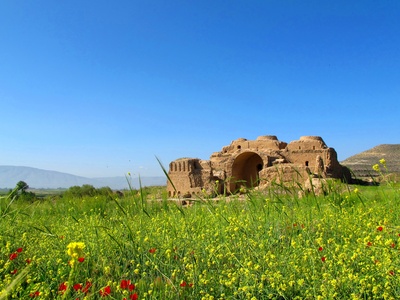
Sassanid Archaeological Landscape of Fars Region
Journey through eight archaeological sites scattered across three areas that represent the heart of the Sassanid Empire. Discover fortified cities, palaces, and rock reliefs that illustrate the power, art, and influence of this dynasty just before the rise of Islam.
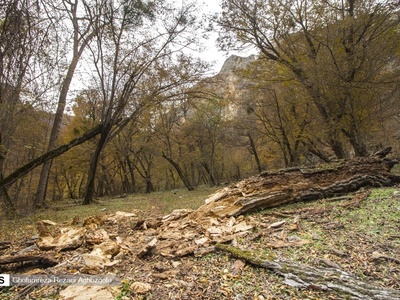
Hyrcanian Forests
Hike through ancient broad-leaved forests that stretch along the Caspian Sea. This unique, lush ecosystem, which survived the Ice Ages, is a natural treasure of remarkable biodiversity, with some trees dating back hundreds of years, forming a living museum.
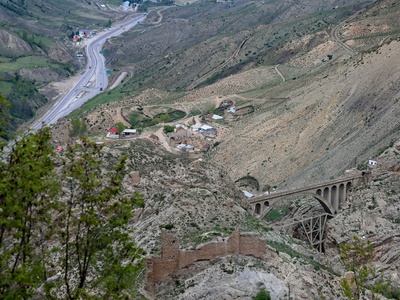
Trans-Iranian Railway
Ride a marvel of 20th-century engineering that crosses two mountain ranges to connect the Caspian Sea with the Persian Gulf. This 1,394-kilometer railway, built with remarkable skill through challenging terrain, stands as a monument to modern national development and collaboration.
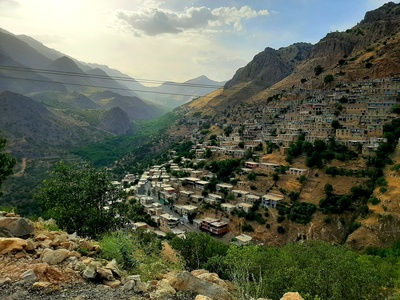
Cultural Landscape of Hawraman/Uramanat
Witness the ancient culture of the Hawrami people, who have adapted to a remote, mountainous environment for millennia. Their unique tiered architecture, where one house’s roof is another’s courtyard, and agro-pastoral lifestyle reflect a deep connection to their land.
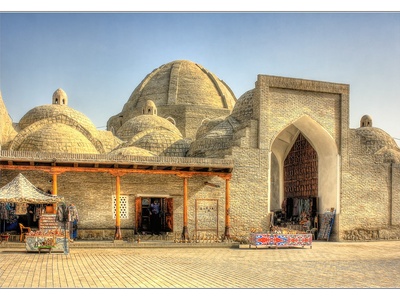
The Persian Caravanserai
Journey back in time by visiting a network of 54 historic roadside inns that sheltered travelers along ancient trade routes. These caravanserais provided safety, food, and lodging, playing a crucial role in the flow of commerce, ideas, and culture across Iran.
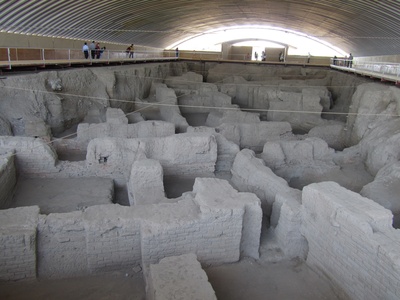
Hegmataneh
Explore one of the most ancient cities of Iran and the wider world, once the capital of the Medes. The archaeological layers of Hegmataneh Hill reveal a multi-period settlement that offers insights into the urban planning and history of pre-Achaemenid and later empires.

